At DerbyCon V (2015), I presented on Active Directory Attack & Defense and part of this included how to detect & defend against PowerShell attacks. Update: I presented at BSides Charm (Baltimore) on PowerShell attack & defense in April 2016. More information on PowerShell Security: PowerShell Security: PowerShell Attack Tools, Mitigation, & Detection The most …
Category: ActiveDirectorySecurity
Jan 27 2016
Active Directory Recon Without Admin Rights
A fact that is often forgotten (or misunderstood), is that most objects and their attributes can be viewed (read) by authenticated users (most often, domain users). The challenge is that admins may think that since this data is most easily accessible via admin tools such as “Active Directory User and Computers” (dsa.msc) or “Active Directory …
Jan 22 2016
ADSecurity.org in the Press!
IT World Canada reached out to me recently to help with an article on Active Directory attack & defense. Read the article: “IT not doing enough to secure Active Directory, says expert.” IIT World Canada also requested comments for a second story titled: “22 tips for preventing ransomware attacks“.
Jan 05 2016
Mimikatz Update Fixes Forged Kerberos Ticket Domain Field Anomaly – Golden Ticket Invalid Domain Field Event Detection No Longer Works
In late 2014, I discovered that the domain field in many events in the Windows security event log are not properly populated when forged Kerberos tickets are used. The key indicator is that the domain field is blank or contains the FQDN instead of the short (netbios) name and depending on the tool used to …
Jan 03 2016
How Attackers Dump Active Directory Database Credentials
I previously posted some information on dumping AD database credentials before in a couple of posts: “How Attackers Pull the Active Directory Database (NTDS.dit) from a Domain Controller” and “Attack Methods for Gaining Domain Admin Rights in Active Directory“. This post covers many different ways that an attacker can dump credentials from Active Directory, both …
Jan 01 2016
Attack Methods for Gaining Domain Admin Rights in Active Directory
There are many ways an attacker can gain Domain Admin rights in Active Directory. This post is meant to describe some of the more popular ones in current use. The techniques described here “assume breach” where an attacker already has a foothold on an internal system and has gained domain user credentials (aka post-exploitation). The …
Dec 31 2015
Cracking Kerberos TGS Tickets Using Kerberoast – Exploiting Kerberos to Compromise the Active Directory Domain
Microsoft’s Kerberos implementation in Active Directory has been targeted over the past couple of years by security researchers and attackers alike. The issues are primarily related to the legacy support in Kerberos when Active Directory was released in the year 2000 with Windows Server 2000. This legacy support is enabled when using Kerberos RC4 encryption …
Nov 30 2015
Real-World Example of How Active Directory Can Be Compromised (RSA Conference Presentation)
At the RSA Conference in Abu Dhabi earlier this month, Stefano Maccaglia (Incident Response Consultant with RSA) presented “Evolving Threats: dissection of a Cyber-Espionage attack.” The slides for this talk are available on the RSA Conference site (UPDATE: RSA removed the slides from their site, Presentation Slides on Yumpu). This post covers and adds some …
Nov 22 2015
Dump Clear-Text Passwords for All Admins in the Domain Using Mimikatz DCSync
The two key goals of any attack is access and persistence. This post covers elements of each. In a post-exploitation scenario where the attacker has compromised the domain or an account with delegated rights, it’s possible to dump the clear-text passwords of admins without being a Domain Admin*. This method requires the Active Directory Domain …
Nov 17 2015
How Attackers Use Kerberos Silver Tickets to Exploit Systems
Usually Golden Tickets (forged Kerberos TGTs) get all the press, but this post is about Silver Tickets and how attackers use them to exploit systems. I have talked about how Silver Tickets can be used to persist and even re-exploit an Active Directory enterprise in presentations at security conferences this year. This post continues this …

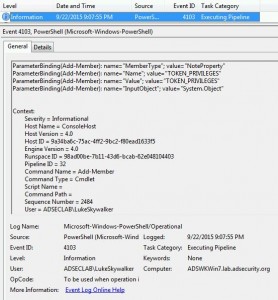
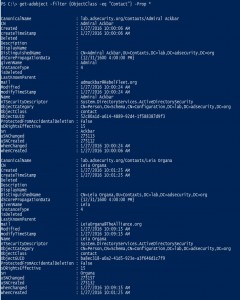
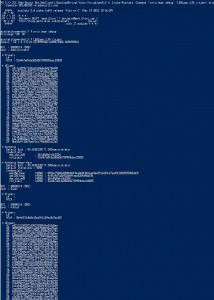
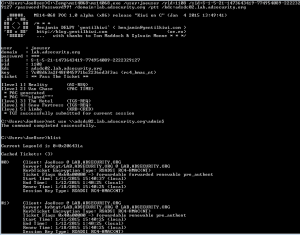
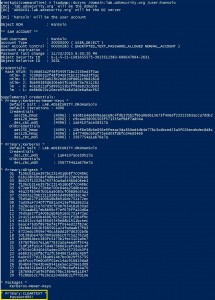

Recent Comments